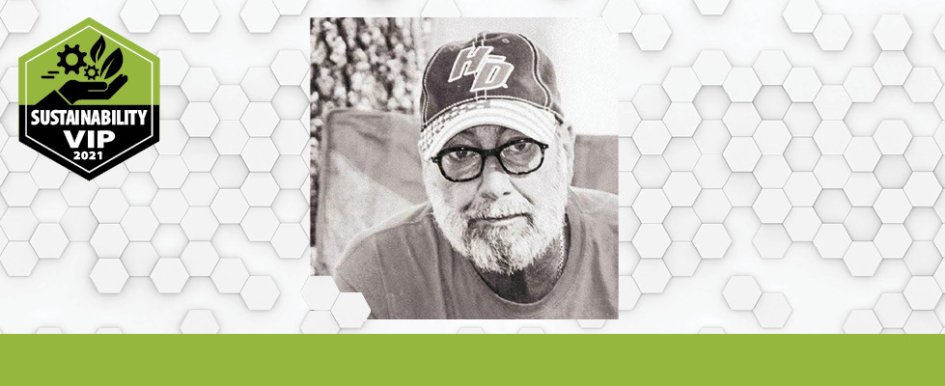
Scottie L. White, Retired Plumber/Project Manager, Joe Marchese Commercial Construction
Scottie L. White has had a long career in plumbing and construction, but the work he’s most proud of is his last project before his retirement from his role as project manager and plumber at Joe Marchese Commercial Construction, a general contractor in Savannah, Georgia. White oversaw the construction of tiny homes for local homeless veterans. White met his wife, Gail, who is a veteran of five conflicts, in Savannah while volunteering with the local veteran community. White credits her for his involvement in the tiny house project, “She taught me how to give,” said White.
“We built 24 tiny homes for homeless veterans and a clubhouse. One of them has become a clinic to offer free medical care to the homeless veterans who reside there,” said White. “It’s eye-opening when you go into a homeless camp — so many of them are veterans. Some of those guys will never come out. But the tiny houses are a hand up not a handout. They pay rent and it’s all inclusive. Everything in the house is new and fully furnished,” he added.
The tiny home trend is a growing market, according to industry analyst Mark Zielinski in a recent white paper study. While only 2,500 prefabricated tiny homes were shipped in 2019, demand is expected to rise sharply through 2024 for a variety of reasons, including their low cost, which makes them ideal for budget-conscious consumers such as senior citizens and younger adults. Another reason for the projected rise is tied to efforts made by local governments to loosen building codes and allow for the more frequent placement of these units; and their small footprint, allowing for multiple tiny homes to be placed on a traditional single-family housing lot — which is particularly attractive to a growing population of multigenerational families.
White believes the tiny home trend is here to stay. “There’s really no difference when it comes to creating a tiny home as opposed to a regular home. We’re building a subdivision that includes plumbing and other amenities — the only difference is its smaller. You’re still building 24 houses,” said White. “The buildings are small but sturdy; they aren’t going anywhere for a long time.”
After retiring in April 2021, White kept busy with the tiny home project by working on a community garden, and teaching the veterans and other locals how to manage their own gardens — or even care for hens. The tiny homes are located near government housing in Savannah, which has given residents increased access to facilities and other resources. White says that building in a rural area might be easier and cheaper, but wouldn’t prove as beneficial for the residents as their inclusion in a larger community has proved for their sense of belonging.
The local community is heavily involved in the project. “The funding [for tiny homes] is 100% from donations out of people’s pockets. The community is involved and frequently donates food and supplies. All the electrical work, labor and materials were provided for free,” said White. “Savannah is a big veteran town, so everyone is aware and involved.” According to White, he, along with others, are also raising separate funds for a chapel.
“I usually like to work behind the scenes, but I enjoy the work and bringing awareness to it. It’s just about helping people — we’re so caught up with phones and tablets these days, but that’s not really what life is all about,” said White.
White and his wife continue to provide for and volunteer their time to the veteran community in different ways. Gail will continue White’s work in partnership with Marchese Construction in an effort to maintain the existing homes. Soon, the team will launch another project and the construction of a new subdivision — together, they will supply another 24 homes to the local community and its veterans.
